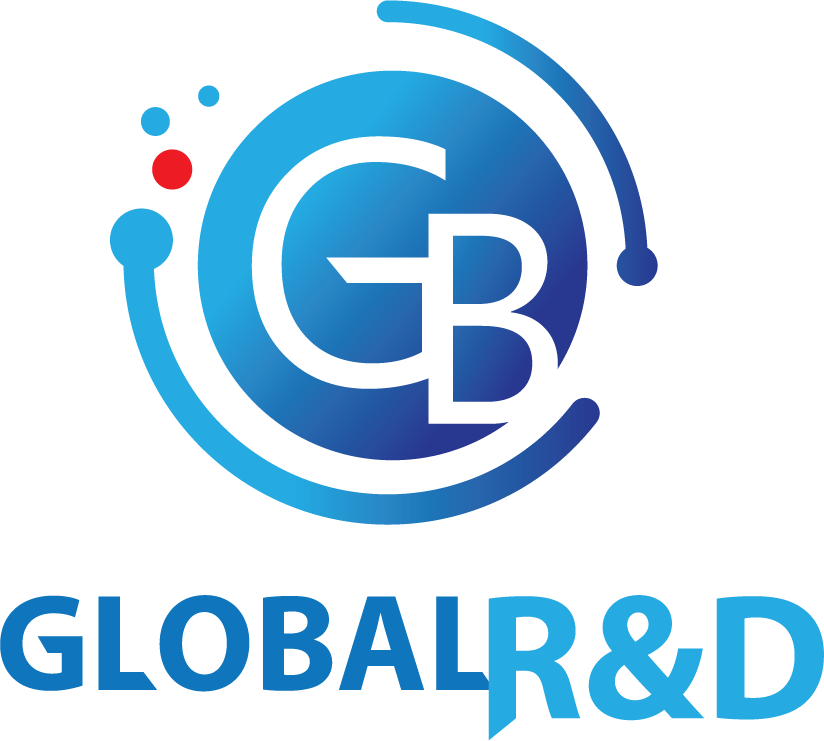Research Service
5-Step Research Process
Step 1 : Commercial Catalysts Research
– Catalyst Development
– Long time Stability Test
Step 2 : Conceptual Process Design
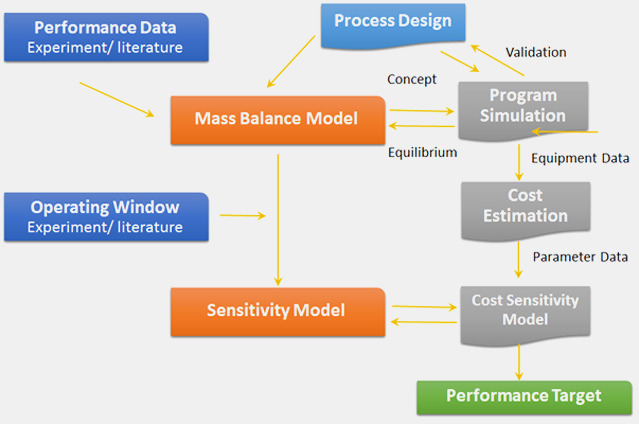
• Basis of design
• Conceptual process design
• Economic evaluation
• Sensitivity study
• Target Process development
Conceptual process design
– Material balance model and linked with costing
– Process design and validation (simulation program)
– Scaling of each equipment in process
– Cost estimation
– Equipment cost and capital investment cost
– Utility consumption cost
– Sensitivity model with parameter variation
– Next research target
Cost Estimation (EBITDA)
– Total Module Cost (pump, Heat Ex., Vessels, Furnace, etc.)
– Total Capital Cost (Contingency 15%, Fee 3%)
– Total grass roots capital (Land, site, facility, building 60%)
– Startup & working capital
– Cost of Regeneration & Replacement
– Raw material, By-product and Utility Cost
– Operating Cost
– Maintenance & repairs
Step 3 : Reaction Proof
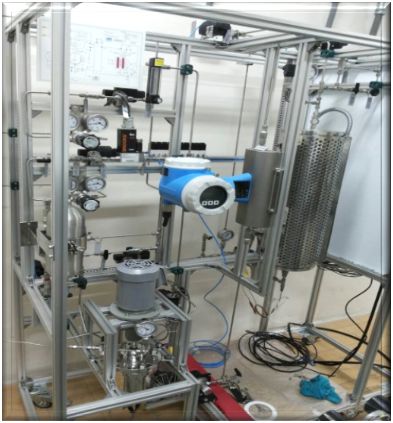
• Fixed Bed Reactor Size 1/4”-1/2”
• Mixing Tank Size 1 Liter
• Benchmarking catalyst
Kinetic Reactor Specifications
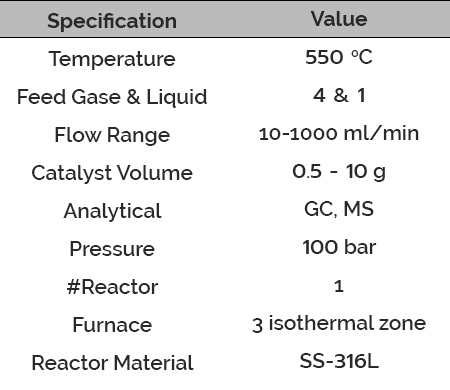
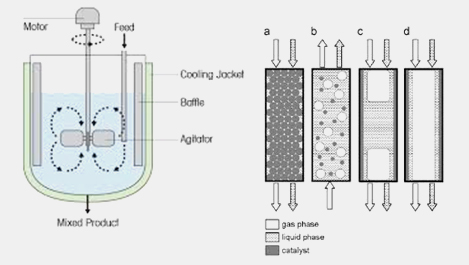
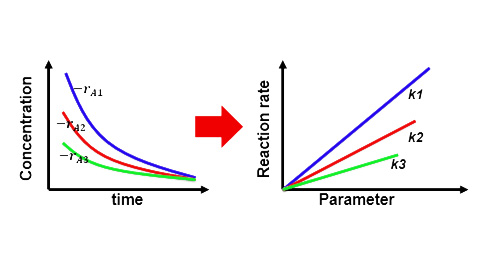
Step 4 : Scalable Kinetic Research

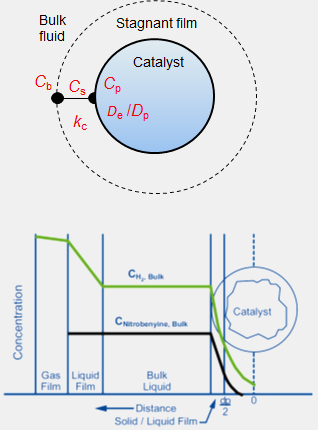
• Research/Test for Scalable Intrinsic or Global Kinetics
• Catalyst testing under industrial conditions
• Benchmarking catalyst
Understand Scalable Kinetic Reaction
Objective for Kinetic Determination:
– To Determine Reaction Mechanism of Main and Side RxNs
– To Determine Reaction Rate of Main and Side RxNs Factors Influencing Rate of Reaction
– Concentration or Flowrate of Reactant
– RxN Temperature
– RxN Pressure
– Catalyst
Type of Kinetic
– Intrinsic Kinetic: Kinetic of Elementary RxN w/o Mass-Heat
– Overall Intrinsic Kinetic: Kinetic w/o Mass-Heat Effect
– Global Kinetic: Kinetic w/ Mass and Heat Transfer Effect
Benefits of Scalable Kinetic Catalyst Development
– Certainly true kinetic for application
– Highly turbulent reactor to eliminate heat & mass transfer effect
– Main-Side Reaction and Heat of reaction determination
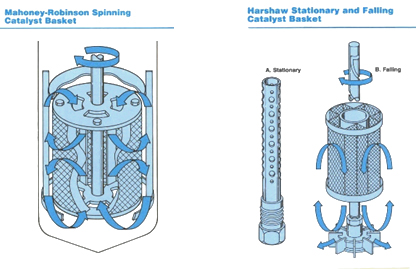
Step 5 : Hydrodynamic Scale up Research
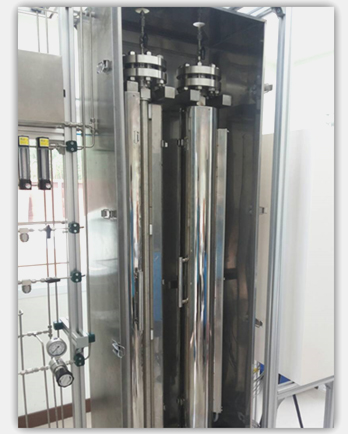
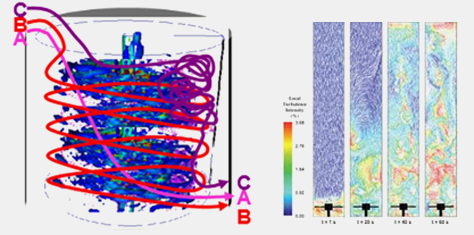
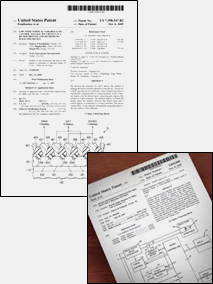
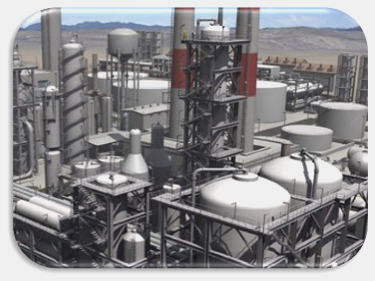
– Research/Test Process Scale up by Pilot-Plant Process
– Catalyst testing under industrial conditions with Pilot Scale
– Produce excellent data quality allowing for kinetic studies and modelling (CFD) Pilot
Fixed-Batch Reactor Specifications
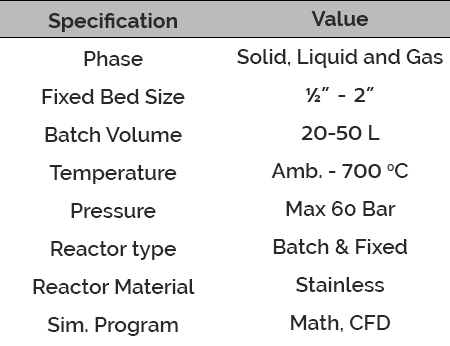
– Reactive distillation increase product yield
– Membrane separation increase conversion and product yield
– Supercritical water gasification by continuous flow reactor
– Rotating fluidized bed reactor for polymerization – Etc.
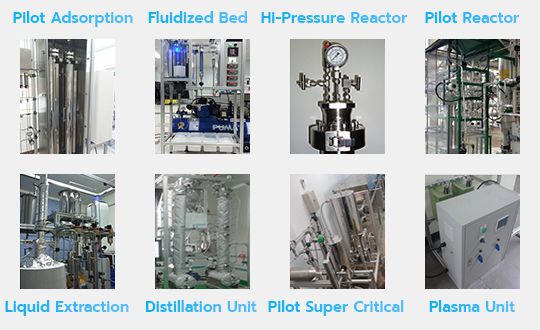
– Get Real Commercial design to scale up/ down reactor
– Process development and optimization with wider range of parameters and closer to industrial conditions
– Technical and Scientific consulting from Commercial Plant during the scale-up process
